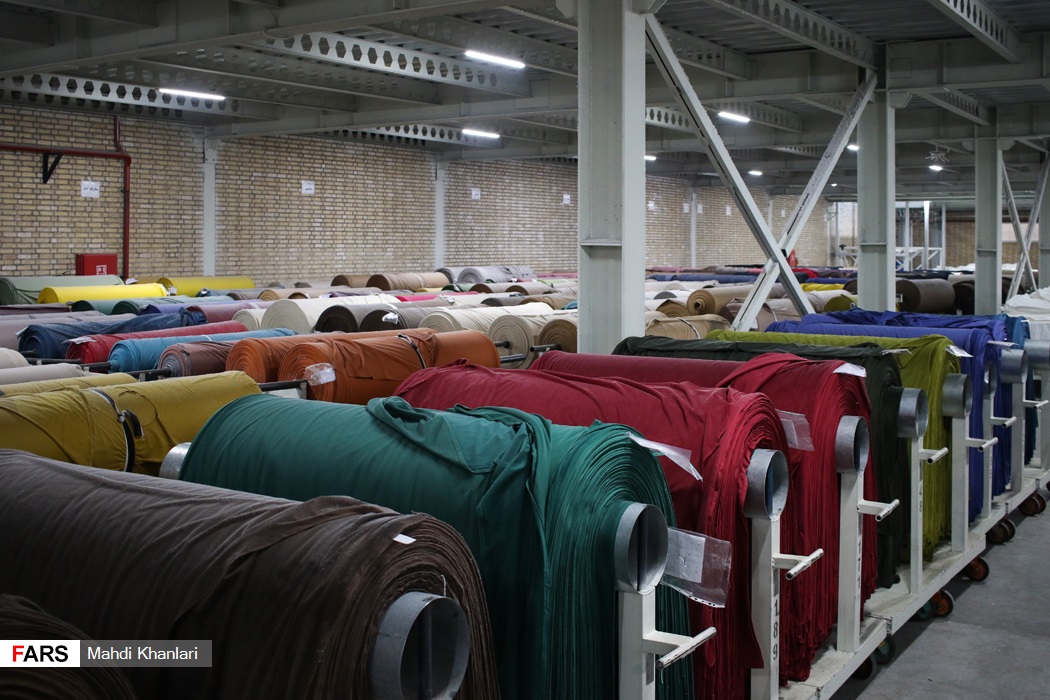
FTA with Australia to create level playing field
This FTA will be beneficial for Indian garment and home textile exporters.
India Ratings and Research (Ind-Ra) opines India’s Free Trade Agreement (FTA) signed with Australia, effective 29 December 2022, will be beneficial for Indian garment and home textile exporters. Australia’s zero import duty access to India (earlier 5%) will provide a level playing field with exports from China, Vietnam and Bangladesh. Given China accounts for almost 60% of textile imports into Australia (around USD12 billion in 2020) with India at 5%-6%, the volume of exports is expected to gradually increase in 2023 and thereafter based on producer capacities. A long-term shift for meaningful volume increases, which encourages incremental capex, would necessitate improving the cost competitiveness and availability of a pool of skilled labour. The availability of domestic sources of cotton and long-term visibility of demand (combined with other FTAs being signed) could encourage domestic entities to diversify exports and manage demand cyclicality better.
FTA provides level playing field: FTA with Australia eliminates the import duty on textile exports from India bringing them at par with China, Vietnam and Bangladesh. India’s exports to Australia contribute 5%-6% to the total Australian requirement and at a value of $ 500 million-600 million, they remained at 1%-2% of total textile exports from India in 2020. Given the economic challenges being faced by some exporting nations and the increasing need to diversify supply chains, Indian home textile/garment producers are likely to benefit. Given the slowdown being experienced by the US and Europe, this could provide partial relief along with other FTAs likely to be signed with UAE, UK, Canada and Israel. These markets have an aggregate textile import of $ 60 billion and even an incremental gain of 5% for India would be a 50% gain on the existing exports of USD6 billion. The total textile export from India to the world aggregated USD43 billion in FY22.

Impetus to move up the value chain and reduce cyclicality: India exports a significant proportion of its low value- added products (25%-30% in FY22) such as yarn and fabrics to China, Bangladesh and Vietnam which use them to value add and export to countries such as Australia and other potential FTA partners. Ind-Ra expects removal of these tariff barriers through FTAs to increase the incentive to create value addition within the country and increase the proportion of such products in the overall export basket. This will aid the process of diversification and limit the inherent cyclicality associated with the industry. The textile industry, especially lower down the value chain, remains susceptible to booms and busts, and it is likely that with a less cyclical demand, the risk of defaults and restructuring is reduced significantly over a period of time.
Cost competitiveness required for structural shift: The removal of duties under the FTA would need to be complemented with improved cost competitiveness with other Asian exporters. China, Vietnam and Bangladesh continue to hold major market shares in the import basket of Australia and a meaningful shift in volumes would necessitate looking at addressing tax anomalies, shortage of skilled labour and increasing the focus on sustainable practices including use of green energy. As wage costs in China continue to rise, India would stand to benefit, although, our costs are still higher in relation to Vietnam, Bangladesh and Pakistan.
Ind-Ra’s sectoral outlook – deteriorating: Ind-Ra as part of its mid-year outlook FY23 has revised the sectoral outlook for textiles to deteriorating to reflect the slowing demand in the US and Europe. The build-up of inventories on account of the cut back on discretionary product expenditure and the reallocation of expenses to services have reduced imports into the key US market. Consequently, the home textile segment continues to experience a demand slowdown whereas other segments of cotton, apparel and man-made spinning continue to benefit from the China+1 sourcing and continuing US ban on the use of cotton from Xinjiang, China. However, given the discretionary nature of textile products, Ind-Ra expects the slowing demand in Europe, the US and other parts of the world to have an impact on textile exports. In addition, small yarn players facing cotton availability issues are likely to get impacted.
Rating outlook – stable: The Stable rating Outlook reflects the cushion available in the existing ratings to absorb the deterioration in the industry outlook over the course of the next few months. Ind-Ra expects the credit metrics to moderate in FY23, given the impact on EBITDA margins and the ongoing capex plans. “Our rating Outlook on textile companies remains Stable and while we expect a demand slowdown in exports to developed markets, some of that may be mitigated by domestic demand and softening cotton prices. The benefits of FTAs are likely to be at the margins in the initial couple of years, but over a period of time, this will provide opportunities for diversification and moving up the value chain for the Indian cotton industry”, says Rohit Sadaka, Director, Ind-Ra.



